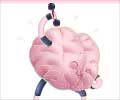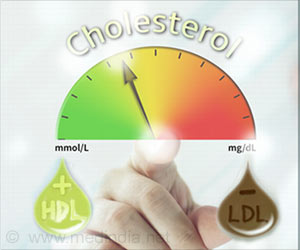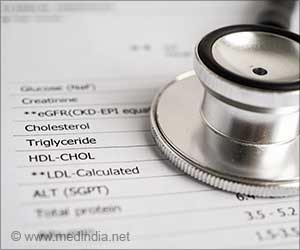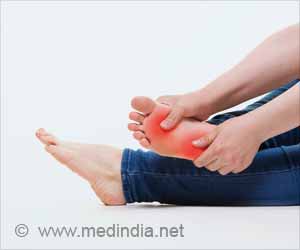Physical activity after a high-fat meal not only reverses the arterial dysfunction caused by fatty foods but improves the function of these same arteries compared to before the meal.
Physical activity after a high-fat meal not only reverses the arterial dysfunction caused by fatty foods but improves the function of these same arteries compared to before the meal, according to new research from Indiana University.
The findings, reported in the European Journal of Applied Physiology, are part of a growing focus on the effect food has on the body after the meal -- also known as the postprandial state. After a fatty meal, arteries lose their ability to expand in response to an increase in blood flow, with the effect peaking four to six hours after eating -- just in time for the next meal."What happens four hours after that high-fat meal is that your artery looks just like the arteries of a person who has heart disease," said co-author Janet P. Wallace, professor in IU Bloomington's Department of Kinesiology. "What our study showed is that when you exercise after that meal, it doesn't look like a sick artery anymore."
The postprandial state is an important period to study, Wallace said, because of the amount of time people spend in it throughout their day, and its influence on conditions such as diabetes and heart disease. The research examined whether physical activity lessened the well-documented impairment of vascular endothelial function -- the ability of the vessel to expand in response to an increase in blood flow -- after a high-fat meal.
"The impairment of endothelial function after a fatty meal is a key factor in the development of atherosclerotic cardiovascular disease, which is the leading cause of illness and death in Western society," said lead author Jaume Padilla, a doctoral student in IU Bloomington's Department of Kinesiology. "Results from this study suggest that physical activity may be effective in reversing the adverse vascular effects observed following the consumption of a high-fat meal."
Wallace said the oxidation of high-fat meals causes oxidative stress markers that harm the arteries and contribute to such conditions as heart disease, diabetes, Alzheimer's and cancer. Their research shows that physical activity counteracts this oxidative effect. The next step, Wallace said, is to show how.
Eight study subjects, all 25-year-olds who were determined to be physically active and apparently healthy, walked on a treadmill for 45 minutes two hours after eating either a high-fat breakfast (940 calories; 50 percent fat) or a low-fat breakfast of comparable calories. The high-fat breakfast included eggs, sausage and hash browns. It included 48 grams of fat (16.5 grams saturated fat and 4.5 grams trans fat), 33 grams protein, 91 grams carbohydrates, 280 milligrams of cholesterol and 2,220 milligrams of sodium. The low-fat meal included cereal with skim milk and orange juice and amounted to 945 calories. It included no fat, 5 milligrams of cholesterol, 23 grams of protein, 209 grams of carbohydrates and 959 milligrams of sodium.
Advertisement
Advertisement
SRM










